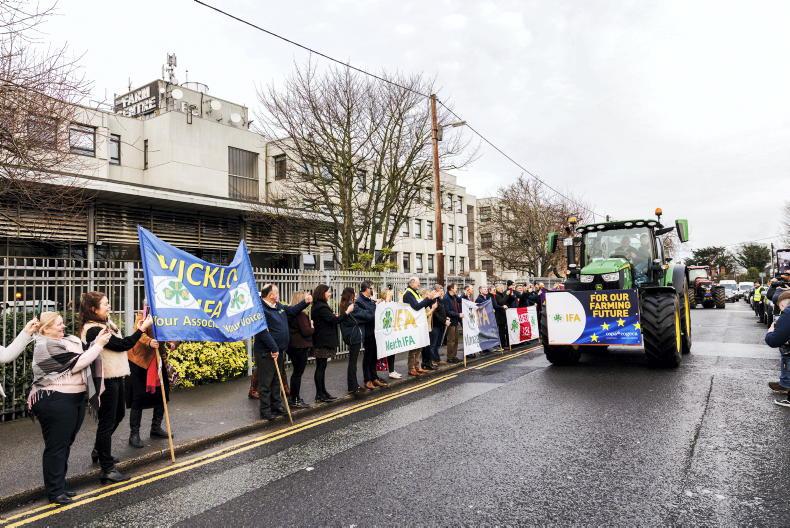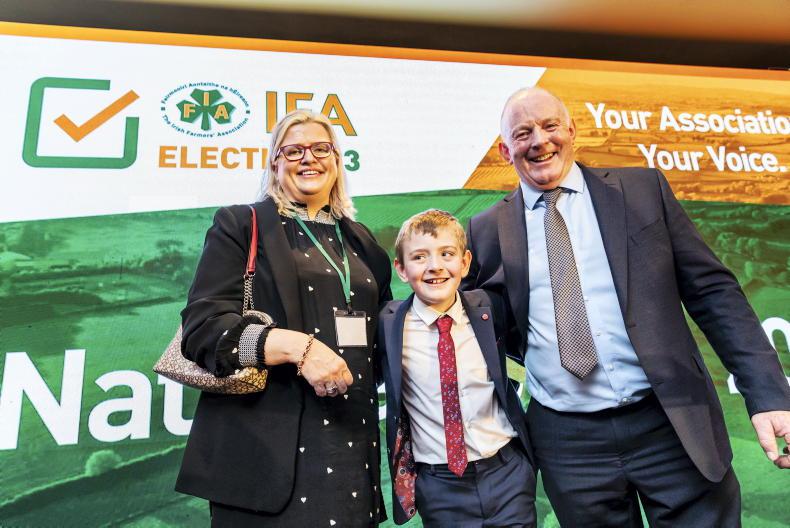Results-based payment schemes for farmers, such as the co-operation stream of the Agri-Environmental Climate Measure (AECM) proposed in Ireland’s draft CAP strategic plan, represent the future of nature restoration efforts, according to an Taoiseach Micheál Martin.
An Taoiseach recognised the “crucial work” already being carried out by farmers and foresters to protect and enhance nature in his address on day two of the second National Biodiversity Conference held in Dublin Castle.
He also acknowledged that environmentalists’ messages on the urgency of biodiversity action had “not always been heeded” by policymakers.
“Results-based, community-level projects like these are the way forward for nature and I’m glad to see them reflected in the co-operation project areas under Pillar II of Ireland’s CAP strategic plan,” stated an Taoiseach.
Ambition
He added that the ambition of the CAP strategic plan would be furthered by the completion of the National Parks and Wildlife Service-led (NPWS) national biodiversity action plan, which is due to open to public consultation over the coming months.
“I envisage even more ambition in the national biodiversity action plan,” he said in referencing the plan as the “keystone policy for the recovery and restoration of nature” in Ireland.
Peatlands
Peatland restoration featured numerous times in the address, as did the local level on which biodiversity improvements are seen, with an Taoiseach citing the dual climate and biodiversity benefits of bog restoration in his remarks.
Conference attendees also heard of the “vital role” that the “vast peatlands” and “rich agricultural soils” played in developing the State economically and socially.
These approaches can bring benefits for biodiversity as well as for the climate
“Work is already under way to restore and rehabilitate our peatlands, consider and renew our approach to forestry, create a network of marine protected areas and review the way we use our land," said an Taoiseach.
“These approaches can bring benefits for biodiversity, as well as for the climate, and it’s vital that we employ both lenses when identifying solutions. But there are fundamental differences between the two.
“With climate, you can set national targets and sectoral emissions ceilings for metric tonnes of carbon. But nature isn’t like that.
"We can’t measure it in tonnes, the indicators are more complex, the action is at the level of the field – and that field is usually owned and worked by somebody," he explained.
Farmers ‘at the centre’
An Taoiseach mentioned the Burren Programme as an example of an agri-environmental scheme which has yielded positive results for biodiversity.
The scheme succeeded, he said, by placing farmers at the centre of the initiative, acting as a template for agri-environmental European Innovation Partnerships (EIPs) that followed in other areas to address farming’s impact on nature.
“This pioneering initiative has since informed many others, including some that focused their efforts on species like the hen harrier, freshwater pearl mussel and corncrake, and others that focused on habitats like machair, raised bogs, pristine rivers and blanket bogs,” commented an Taoiseach.









SHARING OPTIONS